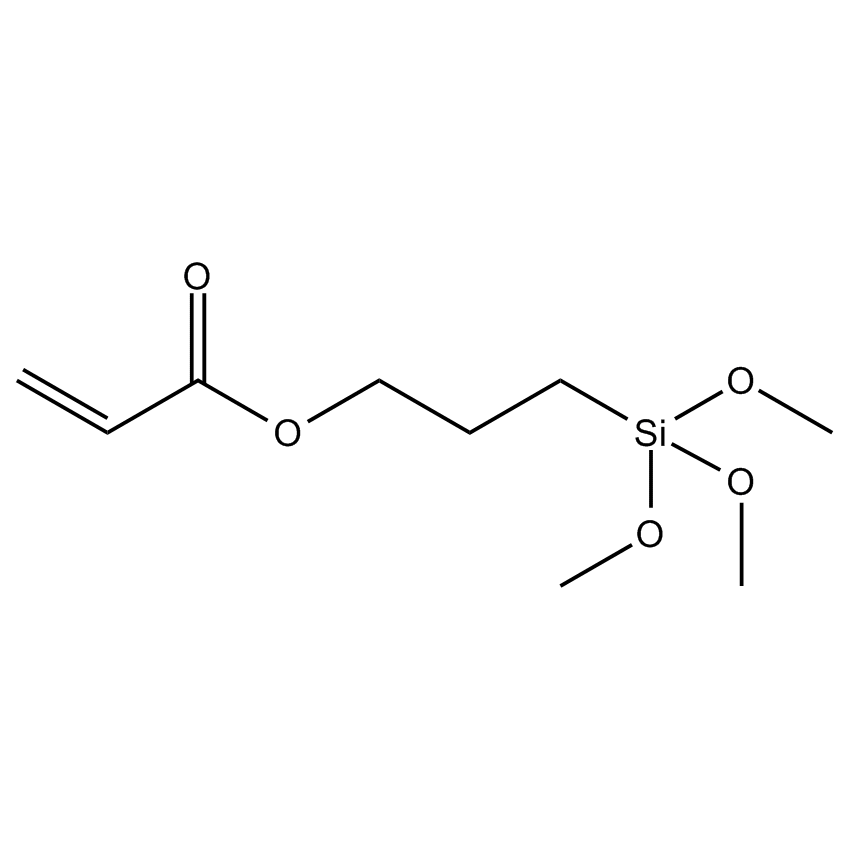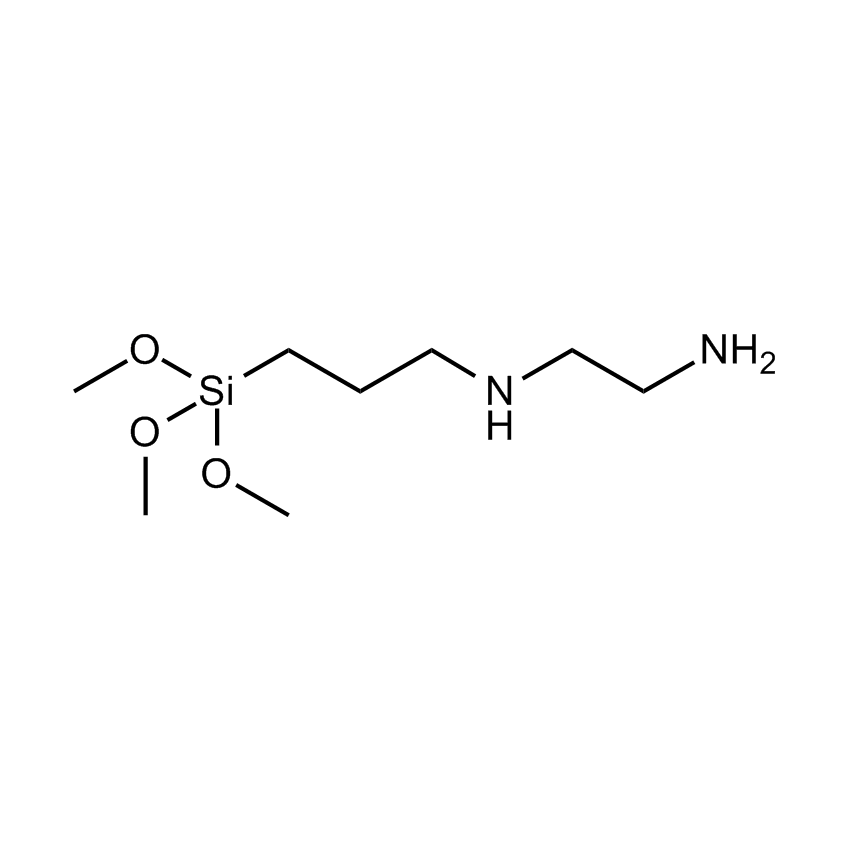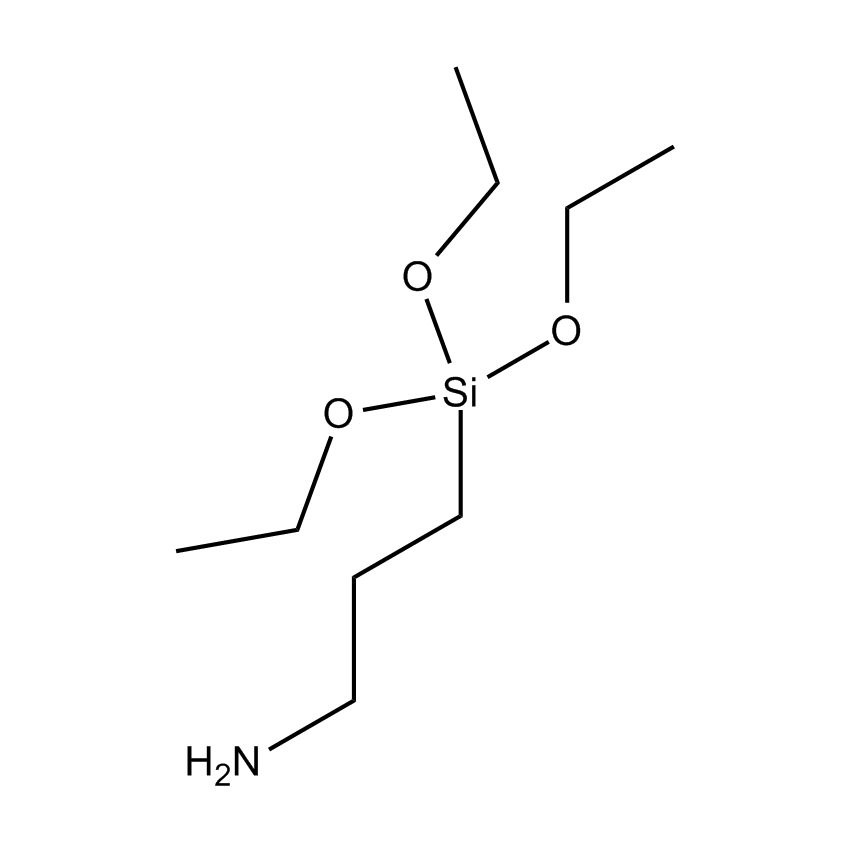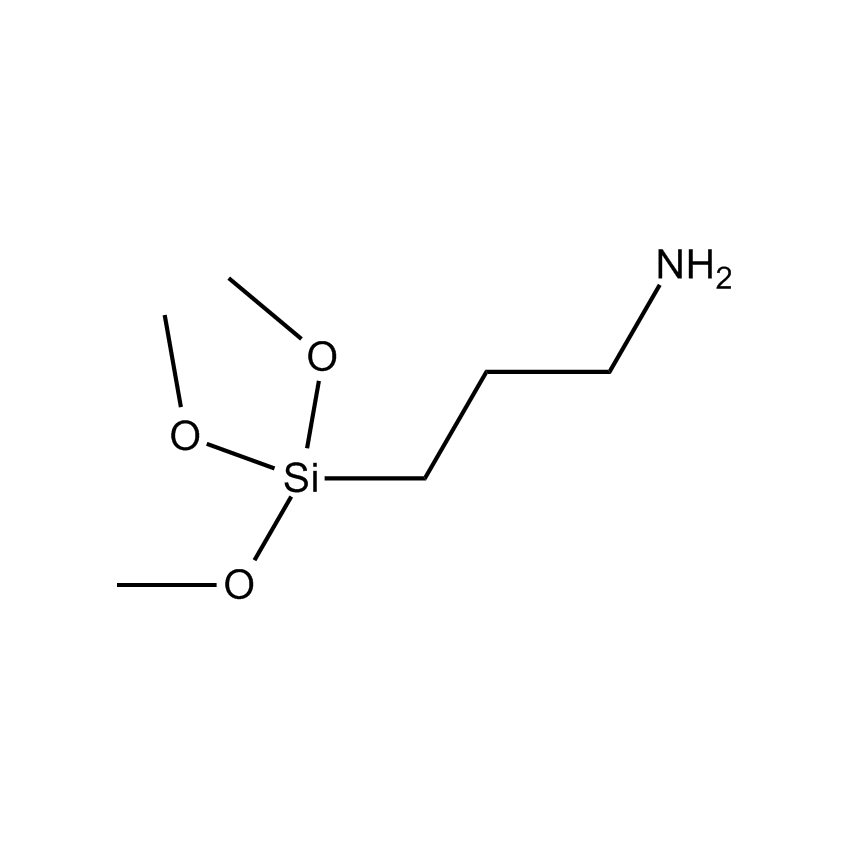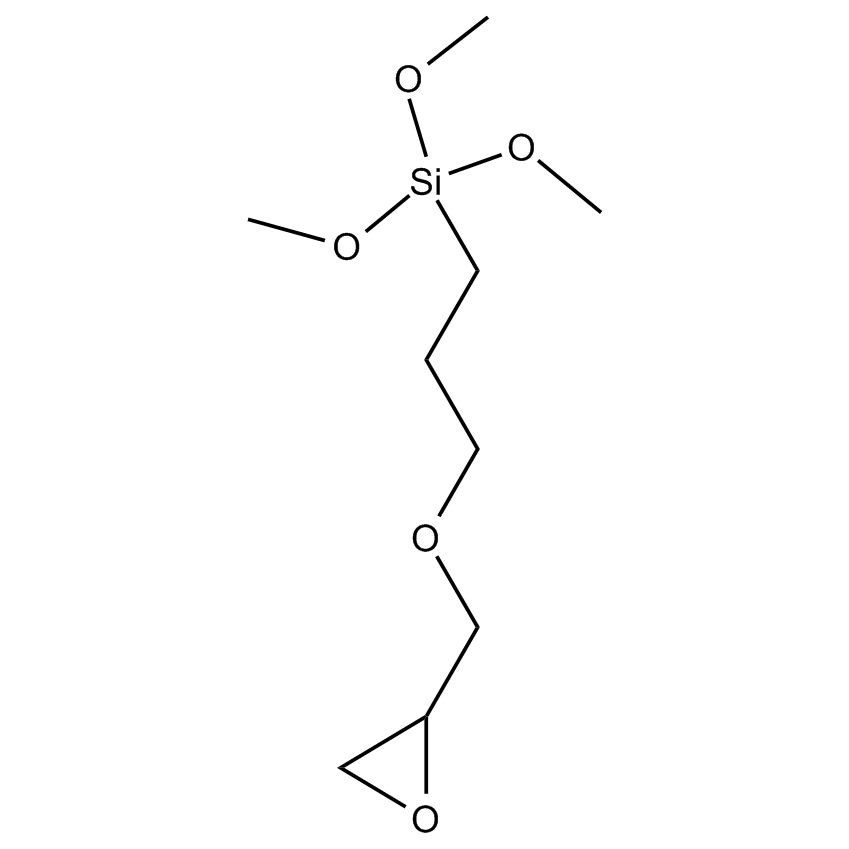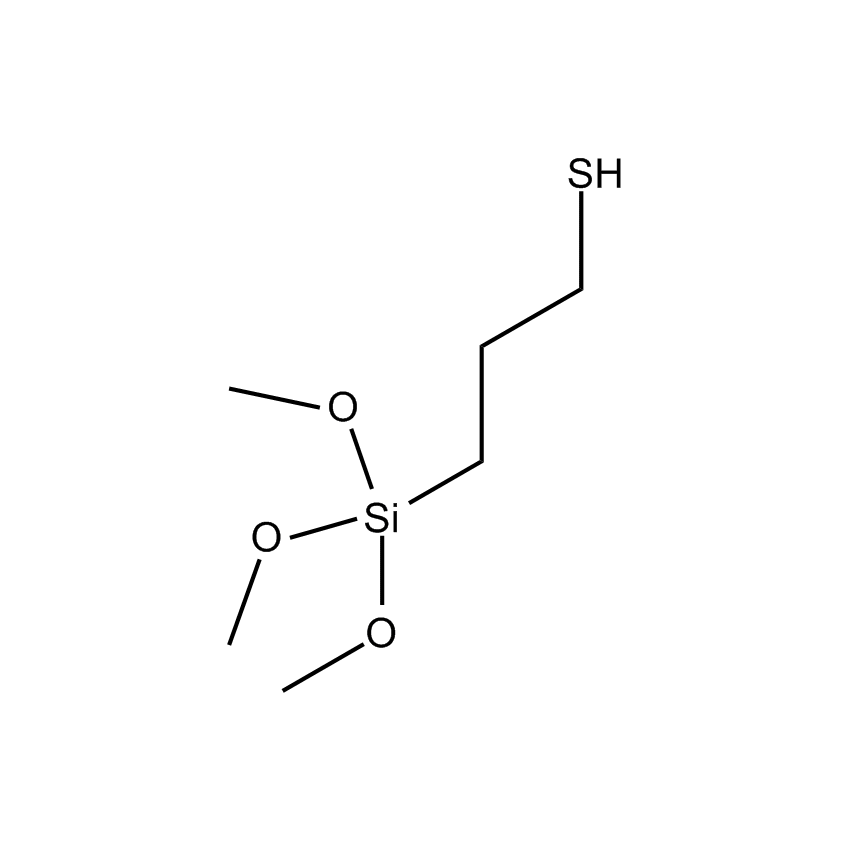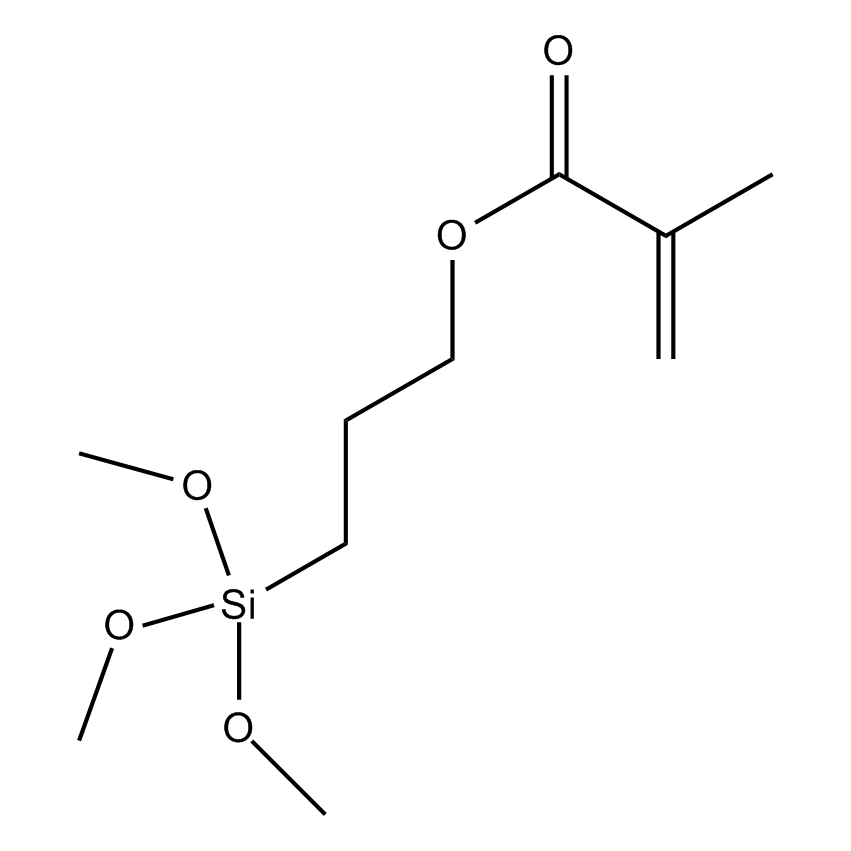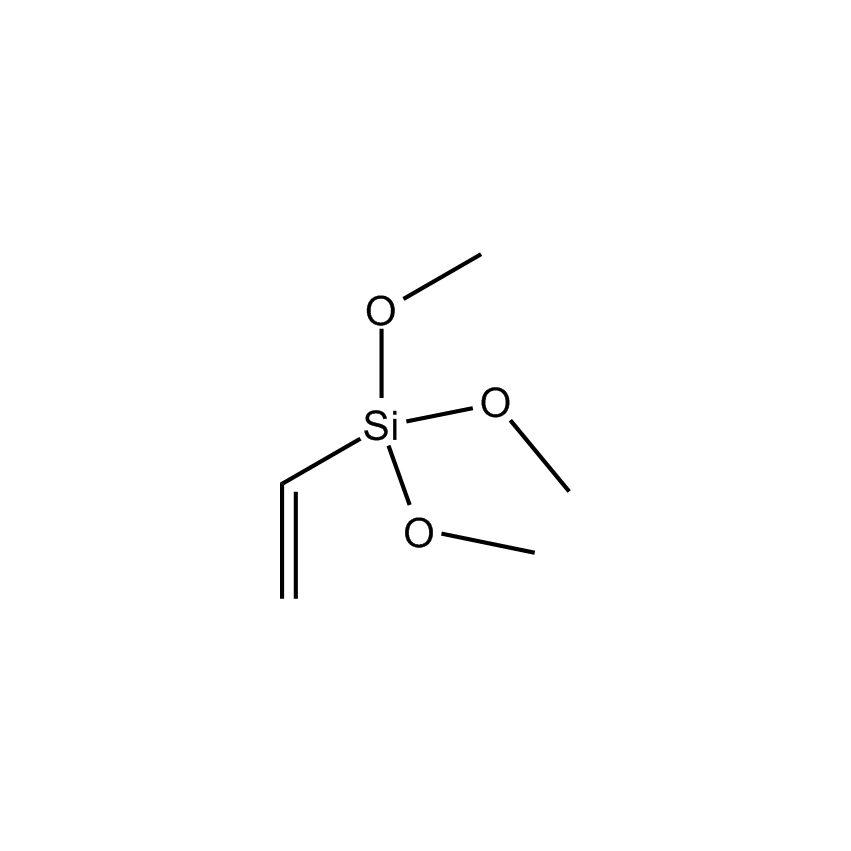A coupling agent is a compound which provides a chemical bond between two dissimilar materials, usually an inorganic and an organic. Organosilanes are well-suited in this application because of the ability to incorporate an organic-compatible functionality and an inorganic-compatible functionality within the same molecule. Organofunctionality—like amino, epoxy, acrylate, methacrylate, mercapto, and vinyl—can be readily incorporated into silanes.
The inorganic compatibility derives from alkoxy groups attached to the silicon atom. This bond is hydrolytically unstable and in the presence of moisture hydrolyses to an intermediate Si-OH bond which then condenses with surface-bound OH groups on inorganic surfaces to form stable Si-O-M bonds. These surface-bound OH groups are found in abundance on siliceous minerals and to a lesser extent on oxides and other mineral derivatives of aluminum, zirconium, tin, titanium, and nickel. In composites, the stable bond formed via the coupling agent between the inorganic and organic materials leads to significant property-enhancing effects.
Uses
Filled polymer systems
Coupling agents are used to improve compatibility in filled polymer system, including thermosets and thermoplastics
Glass fiber systems
Coupling agents are used to enhance glass fiber reinforced epoxy resins, phenolics, etc.
